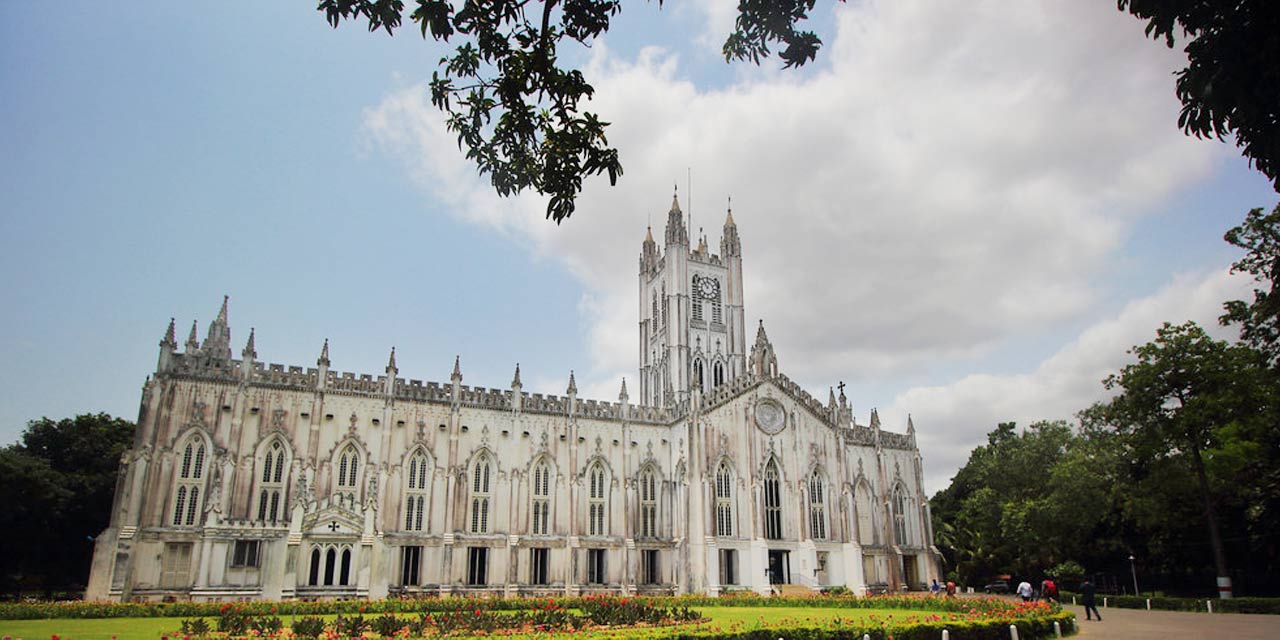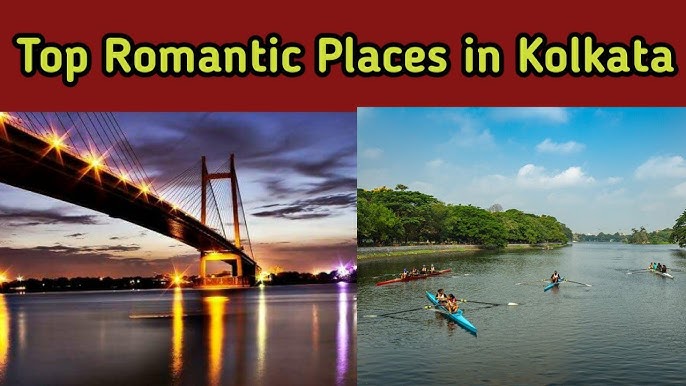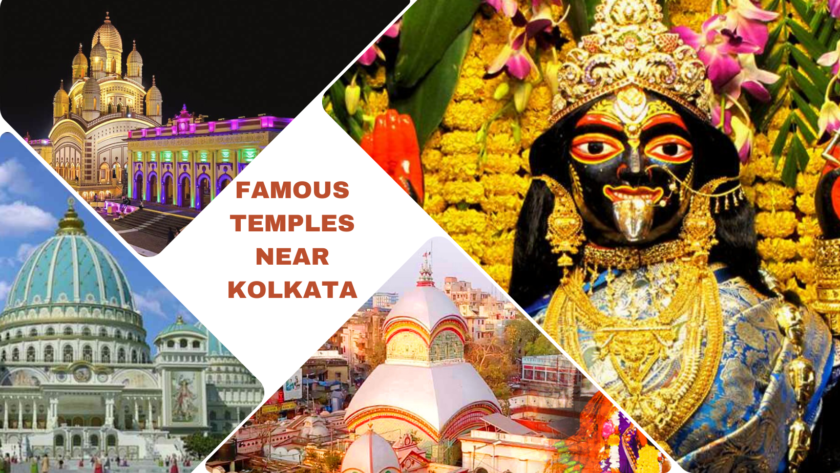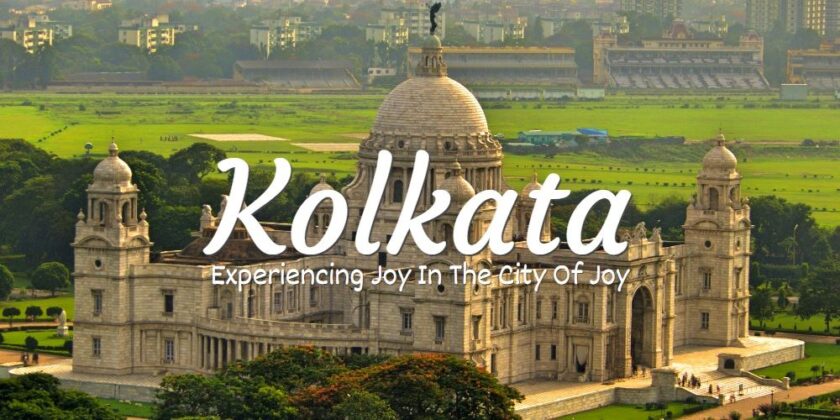Overview of St. Paul’s Cathedral in Kolkata
St. Paul’s is an Anglican cathedral that belongs to the Church of North India and is situated in the centre of Kolkata, the City of Joy. It is a must-see for tourists looking for educational historical and architectural delights. This enormous building, located in the centre of the city, transports you back in time to colonial days. This is one of the places that visitors to Kolkata consider a must-see. Christmastime, when the cathedral, its surrounding garden, and the nearby streets are all illuminated by celebrations, is when it appears at its best.
Primarily built to accommodate the ever-increasing Christian community in Calcutta, it is the first Episcopalian church in Asia. The building follows Indo-Gothic style and its structure is complete with a cascading white edifice, towering spire and colourful tinted windows. Inside, it has a huge nave, majestic altar and chancel, along with carvings and paintings depicting great moments and events of Christian history. The cathedral complex also houses several memorabilia of past congregants and a library where books as old as the church’s foundation time still exist donated by founding member Bishop Wilson.
Weather: N.A.
Timings: Monday – Saturday: 9:00 AM – 12:00 PM, 3:00 PM to 6:00 PM
Sunday: 7:30 AM – 6:00 PM
Time Required: 1-2 hrs
Entry Fee: No entry fee
History of St. Paul’s Cathedral
The cornerstone for St. Paul’s Cathedral was first placed in 183, and it took a long time to construct its enormous edifice. The first church was constructed to take the position of St. John’s Church as the primary place of worship for the city of Calcutta’s Christian population, which had grown to over 4,000 people and was no longer able to fit in a single church. Despite the fact that St. Paul’s Cathedral was initially mentioned in 1819, when Francis Rawdon-Hastings was the Governor General of Bengal, it wasn’t until Bishop Daniel Wilson took over in 1832 that the project was actually started.
Bishop Wilson oversaw the building of St. Paul’s Cathedral, which was created by Major William Nairn Forbes and C.K. Robinson. The Norwich Cathedral of the Holy and Undivided Trinity served as a major inspiration for the imposing tower, spire, and altar as well as serving as a partial model. From the day the cornerstone was laid on October 8, 1839, until the day the building was dedicated on October 8, 1847, the construction process took exactly eight years. Queen Victoria, the Empress of the British Empire, sent ten silver-gilt plates as a present of honour to commemorate the church’s consecration.
The church underwent renovations for the second time—the first time was following the earthquake that struck Calcutta in 1897—after the 1934 earthquake. The church’s former bell tower collapsed during the natural disaster, therefore it was reconstructed in the style of Canterbury Cathedral’s Bell Harry Tower. St. Paul’s was designated as the new cathedral of Calcutta after it was finished.
Architecture of St Paul’s Cathedral
The cathedral was primarily constructed in a Gothic style, but it was strong enough to resist Kolkata’s humid tropical climate, resulting in Indo-Gothic architecture. In terms of construction, architectural design, and interior decorating, it is similar to the monumental churches seen in European towns. Three stained glass windows and two frescoes painted in the traditional Florentine Renaissance style can be found on the western side of St. Paul’s Cathedral, which also has a very long nave with fitted wooden pews. Pre-Raphaelite maestro Sir Edward Burne-Jones conceived these windows and made them in honour of the late Lord Mayo. When it was finished in 1837, eight years after the building had begun, it was one of India’s largest churches and the first Episcopal church in Asia. It just so happens to be the first cathedral Her Majesty’s empire built in a foreign country. Every year, there is actually a line of people waiting to see the famed midnight mass and toast that the cathedral holds on Christmas Eve.
Features of St Paul’s Cathedral
Visitors and followers of the faith gather in the church’s nave to pray or just to relax for a while. A 200-foot-tall spire rises into the Calcutta sky above the Chancel and Sanctuary of St. Paul’s Cathedral. The cathedral also has a wonderful collection of plastic art pieces and artefacts from previous worshippers.
A reredos that dates all the way back to 1879 is located far south of the altar. The Annunciation, the Flight into Egypt, the Adoration of the Magi, and the Life of St. Paul are all represented in carvings on the reredos, all of which were created by Sir Arthur Blomfield. The same artist has painted further works on several building walls. The magnificent episcopal throne, which transforms the church into a cathedral, is likewise located on this wall.
In addition to the William Prentice Memorial Gate, which serves as the entrance, and the well-kept, magnificent landscape that surrounds the cathedral, there is a library on the site for which Bishop Wilson contributed more than books. Bishop Daniel Wilson, who founded the cathedral, and Chief Justice John Paxton Norman, who was assassinated, are both buried there.
Tips For Visiting St. Paul’s Cathedral
- Keep quiet within the cathedral, as people come here mostly to worship.
- Without the vicar’s prior written consent, photography is not permitted inside the church.
- Do follow the regulations because it is a place of worship.
- Avoid damaging the cathedral’s surrounding garden.
- Although admission is free, the location becomes busy during the winter, particularly around the Christmas holidays.
How To Reach St. Paul’s Cathedral Kolkata
St. Paul’s Cathedral is located in the centre of the city, just a few blocks from other well-known sites including the Birla Planetarium and the Victoria Memorial. Numerous bus routes from both North and South Calcutta can take you there. Additionally, it is directly adjacent to a metro line, and Rabindra Sadan, more often known as Exide, is the closest metro station. To get here, you can easily take a taxi from anywhere in the city.



